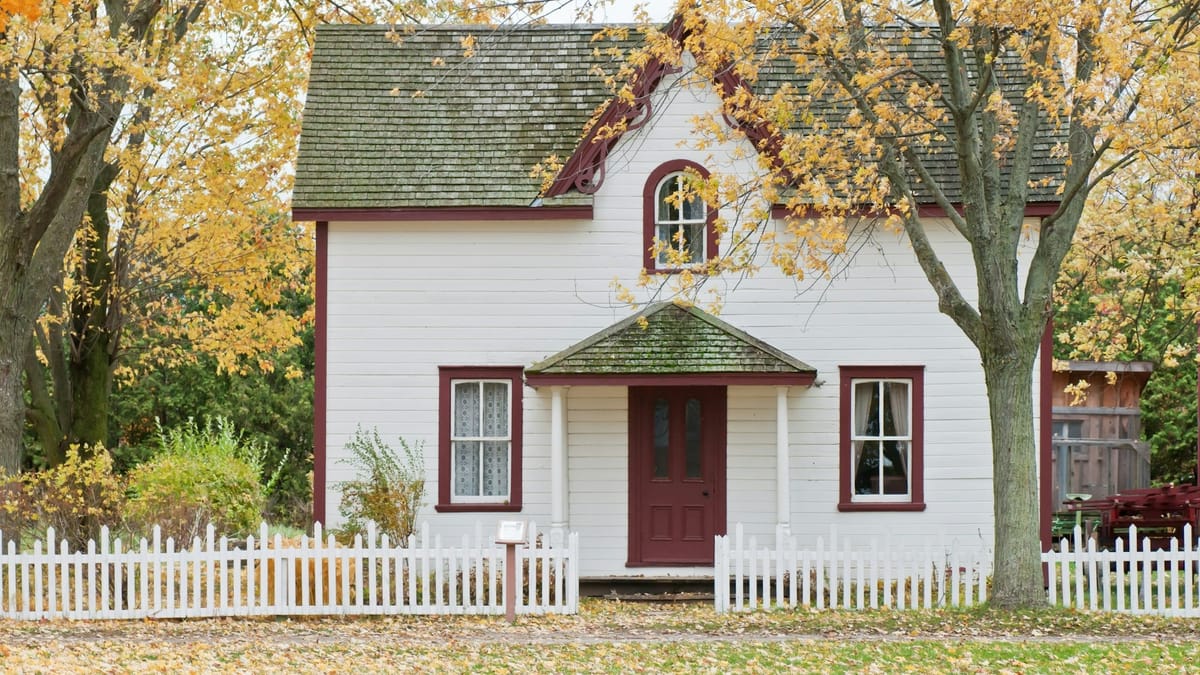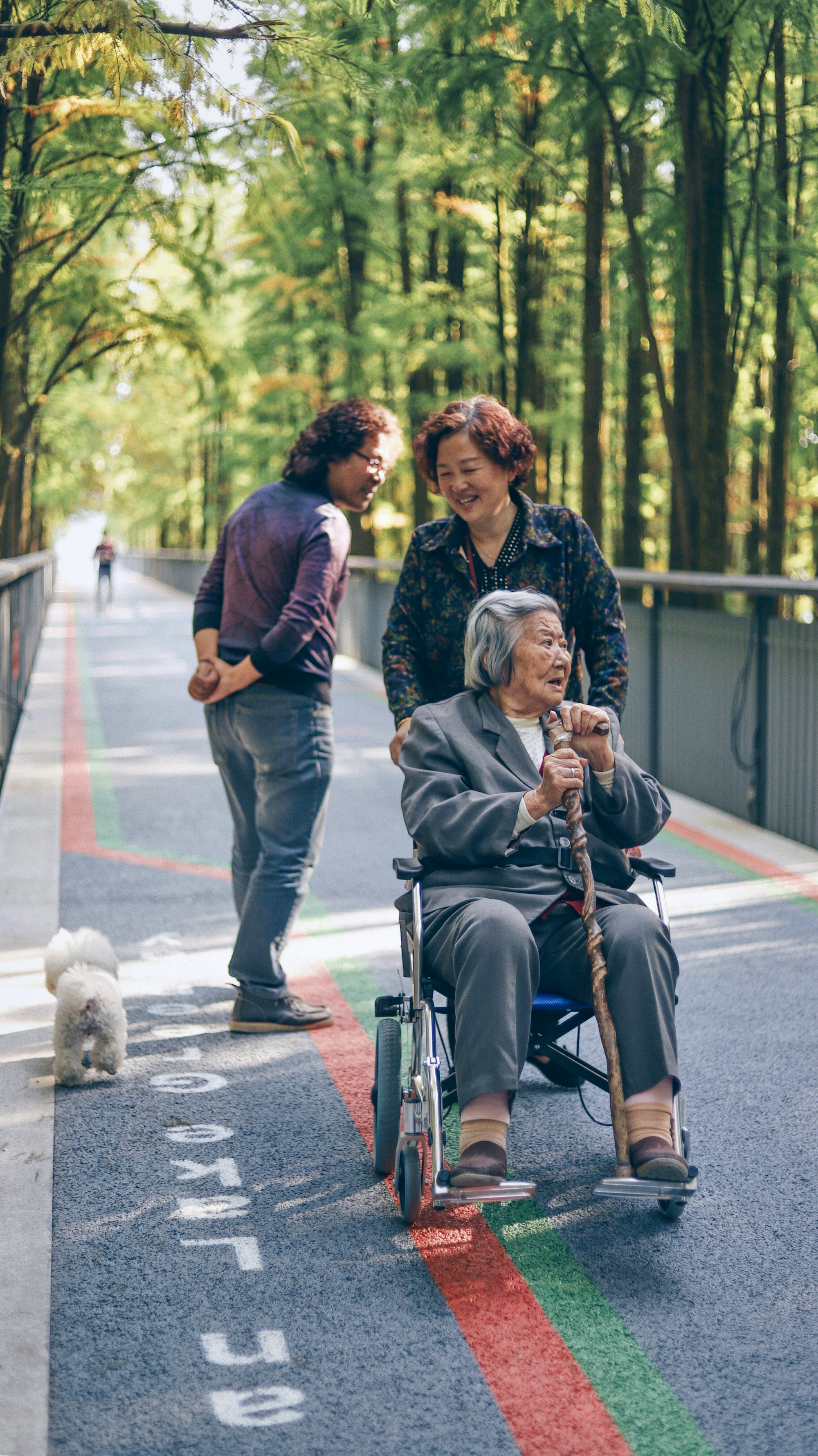Aging in Place: Understanding, Advantages, and Support

As our population continues to age, the concept of "aging in place" has gained significant relevance. In a world where people are living longer and healthier lives, the desire to maintain independence and stay within the familiar confines of our own homes has grown stronger. This comprehensive guide delves into the meaning of successfully aging in place, examines the benefits and challenges it presents, outlines strategies for preparing your home, and discusses how to access the necessary support to flourish while aging in place.
Brief Overview
"Aging in place" is a crucial concept that enables seniors to sustain their autonomy and maintain connections with their loved ones. With the aging population, the importance of this concept is more significant than ever. As individuals continue to experience longevity and improved health, the desire to stay in one's own residence grows stronger. But what does it truly mean to age in place and how can we ensure this experience is positive and enriching? This comprehensive guide addresses the importance of advance planning, navigating the advantages and challenges, adapting the living environment, and finding the essential support for thriving while aging in place.

Understanding Aging in Place
Aging in place involves the act of remaining in one's own home while adapting to the changes that come with age. This choice empowers older adults to sustain their independence and retain control over their lives, circumventing the need for assisted living facilities or nursing homes. Achieving a comfortable and fulfilling aging in place experience requires meticulous planning and robust support systems.
Defining Aging in Place
Aging in place entails the ability to continue residing in one's own home and community, irrespective of age, income, or physical capability. The goal is to remain safe, independent, and at ease within a familiar environment, surrounded by cherished individuals and cherished memories.
While aging in place may sound appealing, it's essential to acknowledge potential challenges, including limited mobility, feelings of isolation, and difficulties with home upkeep. Thus, it's critical to evaluate individual needs, make necessary home adjustments, and establish a strong support network to facilitate a successful aging in place journey.
Advantages and Disadvantages of Aging in Place

The Significance of Aging in Place
Independence and control are fundamental components of our well-being, particularly as we age. Aging in place empowers seniors to uphold these aspects of their lives. Remarkably, a substantial 88% of individuals aged 50-80 consider staying in their homes as long as possible to be of great importance.
The advantages of aging in place encompass sustaining connections with family, friends, and support networks, warding off the isolation or loneliness that institutionalized care can induce, and enjoying the reassurance that loved ones are nearby. Initiatives such as the Archstone Foundation's support for communities across California and New York City's Aging Improvement Districts further facilitate safe aging within one's own community.
Pros and Cons of Aging in Place
While aging in place offers numerous benefits, it's important to recognize the potential challenges that might arise. Understanding the pros and cons allows for informed decision-making about living arrangements as one advances in age.
Advantages of Aging in Place
Aging in place brings forth independence, comfort, and security, all while offering cost savings compared to pricier assisted living facilities or senior living communities. Research also demonstrates that older adults who age in place experience enhanced physical and mental health compared to those who opt for assisted living facilities.
Given the advancement of care and the proliferation of home health services, a growing number of Americans now possess the means to age in place while maintaining their quality of life.
Preparing for a Successful Aging in Place Experience

Challenges of Aging in Place
Despite its advantages, aging in place poses its own set of risks and challenges. Seniors might encounter hazards like falls, social isolation, and difficulties accessing medical care. The cost of aging in place can also be substantial, even if the home is fully owned.
Additionally, aging in place might not be the most suitable choice for individuals with physical conditions or cognitive disorders, as they might necessitate specialized care that's not easily available in a home environment.
Preparing for a Fulfilling Aging in Place Experience
Effective preparation is integral to a rewarding aging in place experience. Evaluating personal needs, making home modifications, and cultivating a support network are all pivotal steps in ensuring independent and comfortable living at home.
Assessing Personal Needs
Before embarking on the aging in place journey, it's essential to assess personal needs and potential future assistance requirements. Existing or prospective health conditions, as well as their impact on mobility and self-care, need to be considered.
Financial Considerations for Aging in Place

Home Modifications and Renovations
To age comfortably and securely in place, adapting the home environment is crucial. This might involve installing an accessible entry, widening doorways, incorporating grab bars, and integrating smart technology and low-maintenance flooring to cater to evolving needs.
Addressing home safety concerns and potential hazards in the early stages aids in budgeting for necessary modifications while minimizing accident risks. Consulting a certified aging-in-place specialist from the National Association of Home Builders can provide expert guidance on this front.
Building a Support Network
A robust support network is indispensable for seniors aiming to age in place. This network might comprise family members, friends, neighbors, healthcare providers, and community resources. Engaging in activities like volunteering, joining clubs, establishing connections with neighbors and coworkers, and utilizing online resources all contribute to a thriving network.
Emotional support and companionship play a pivotal role in the well-being of seniors aging in place, underscoring their significance in maintaining a fulfilling life.
Financial Considerations for Aging in Place
Addressing the financial aspects of aging in place is an essential component of the process. Estimating expenses and exploring funding avenues aid in preparing for the costs associated with home modifications, in-home care, and essential services.
Factoring in long-term costs and unforeseen expenses is pivotal. Researching government programs like Medicaid and Medicare is crucial, and considering options such as the Federal Housing Administration's Home Equity Conversion Mortgage program can provide additional financial flexibility.
Alternative Living Arrangements for Aging in Place

Alternative Living Arrangements for Aging in Place
While aging in place might not be feasible or preferable for all seniors, alternative living arrangements can offer a supportive environment that maintains independence and fosters a sense of community.
Downsizing or relocating to a more suitable environment, exploring senior co-housing communities, or opting for home care services are all valid alternatives that can provide a comfortable and secure living situation for seniors.
Supporting Loved Ones in Aging in Place
For family members and friends of seniors aging in place, offering emotional support, aiding with daily tasks, and introducing technological solutions can be incredibly impactful.
Supporting Loved Ones in Aging in Place

Emotional Support and Companionship
Being emotionally present and fostering meaningful activities, self-care, and social interactions are paramount. Regular interactions and shared interests mitigate feelings of isolation and loneliness, often experienced by those living alone.
Assistance with Daily Tasks
Supporting loved ones with everyday tasks, such as grocery shopping, meal preparation, and transportation, significantly enhances their quality of life. Assistive devices also contribute to independence and safety.
Technology Solutions
Leveraging technology solutions, such as smart home devices and fall detection systems, can bolster seniors' confidence and safety, enabling them to age in place with enhanced security.
In Summary
Aging in place is a pivotal option for seniors seeking to retain their independence and stay in their familiar homes. By comprehending the benefits and challenges, planning ahead, adapting the living space, and addressing financial considerations, seniors can create a rewarding and meaningful experience as they age in place. With adequate resources, robust support systems, and determination, older adults can thrive within their homes, surrounded by their cherished community, memories, and loved ones.
All of our guides, downloads, worksheets, Premium courses
Click Subscribe To Get Started.
Our Resource section can help you find the information and tools that you need. We have courses, videos, checklists, guidebooks, cheat sheets, how-to guides and more.
You can get started by clicking on the link below. We know that taking care of a loved one is hard work, but with our help you can get the support that you need.
Click here to go to Resource Section now!
You might also like this article:






